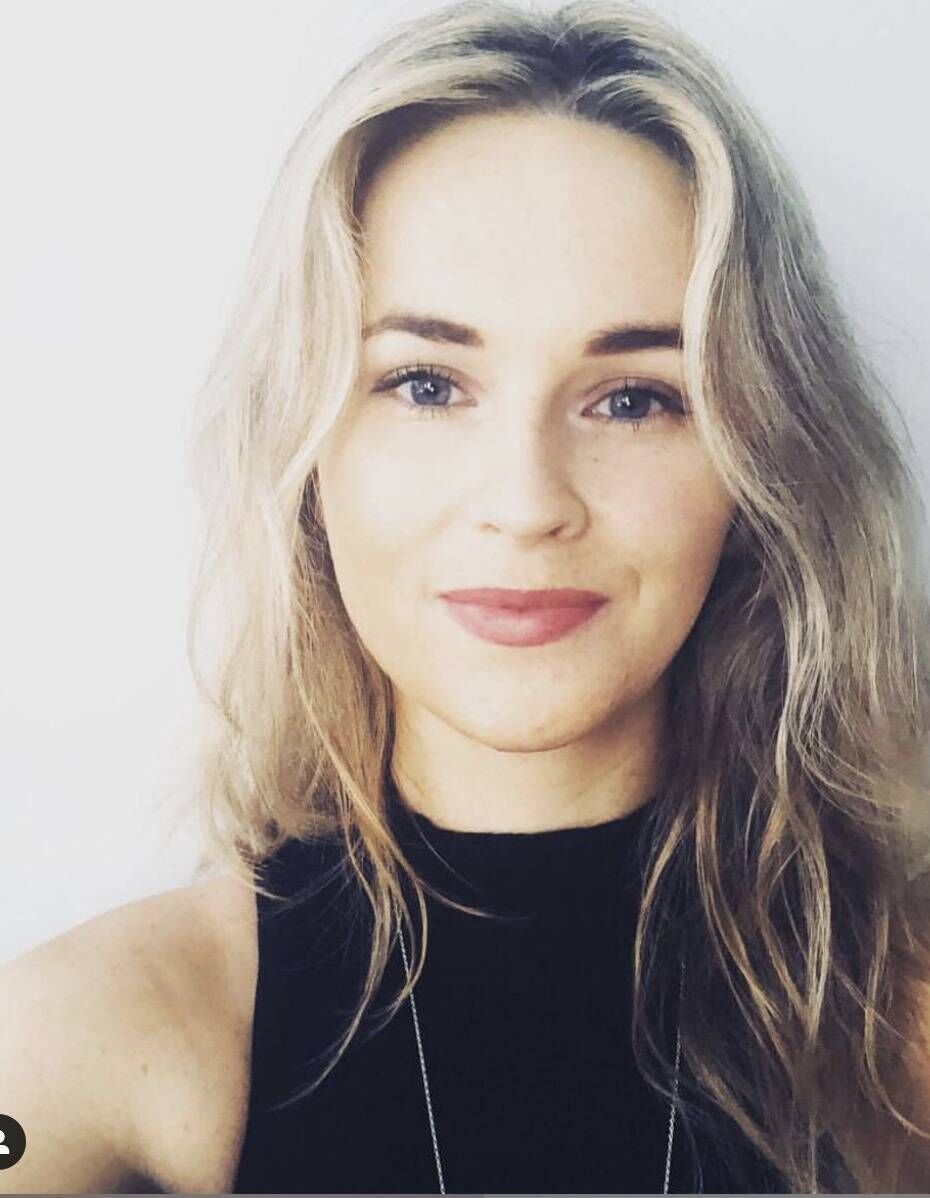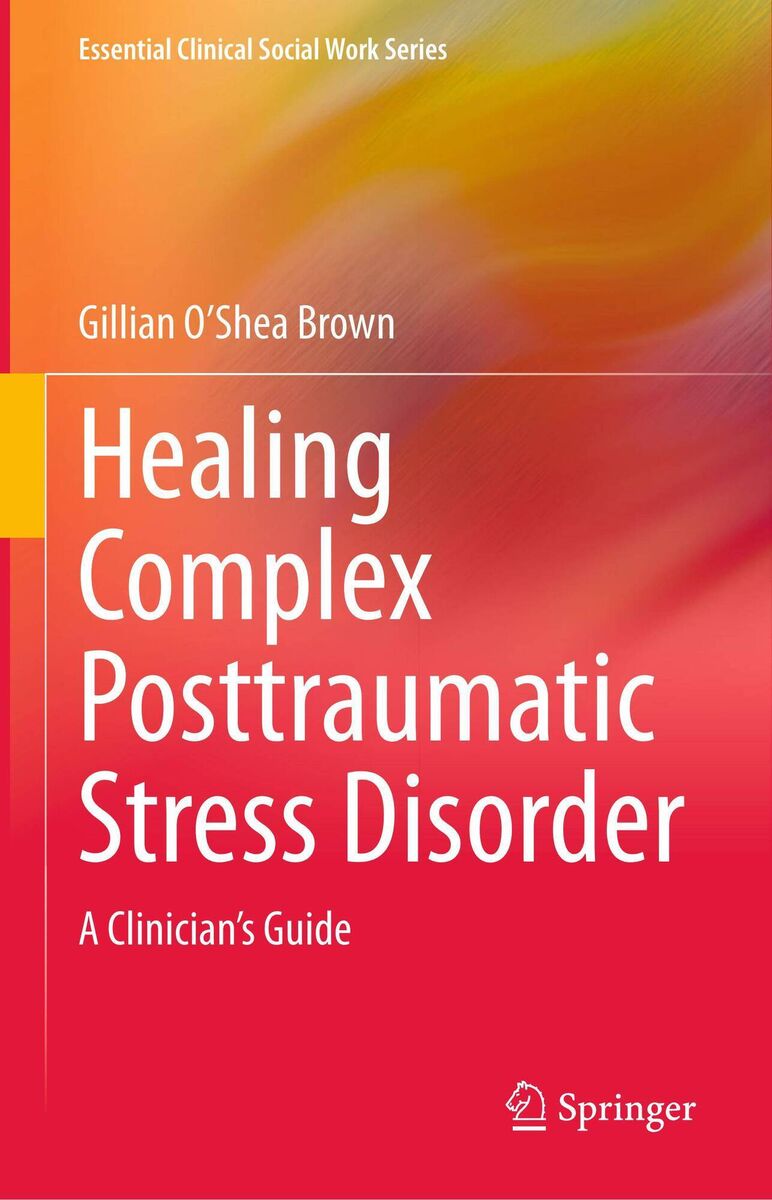Cork psychotherapist who helps people deal with trauma writes book

Unrecognizable teenage girl shares her troubles with a female mental health professional. The mental health professional is taking notes.
THERE is a well-worn cliché in Woody Allen films, for example, that everyone in New York is in therapy. Carrignavar native, Dr Gillian O'Shea Brown, a psychotherapist based in the Big Apple, says: "It's absolutely true. In New York, if you're not in therapy, people go, 'what's wrong with you?' It's very mainstream."
Gillian, who has just published her first book, entitled 'Healing Complex Posttraumatic Stress Disorder: A Clinician's Guide' says that therapy in New York is accessible to everyone including those who have the American equivalent of the medical card.

From tuning into the 'collective consciousness', Gillian sees differences between Irish people and American people when it comes to going to a therapist. In the US, people go to a psychotherapist “for preventative reasons.” “They might anticipate problems if they've just come out of a relationship. They don't want to date the same type of person again. In Ireland, from people I've spoken to, things have to be pretty extreme before people will allow themselves the time and care to invest in themselves, examining themselves. There's more anxiety in the US and more depression in Ireland. The unexamined history is doomed to repetition. When you actually comb through your life and examine it, you can make the next chapter very different."
Gillian, who is all about improving people's lives, signed her book deal the week before the first Covid lockdown in March 2020. She wrote it during that tumultuous year. It's aimed at psychotherapists and students and she will follow up on it with a book on the same topic, aimed at the layperson.
Gillian's book was written in anticipation of the inclusion of complex posttraumatic stress disorder (C-PTSD) as a new diagnosis that will be effective from next year. The book is described as a clinician's guide to understanding, diagnosing, treating and healing C-PTSD.
It is her intention that the use of the word 'healing' in the title "will instil a sense of optimism and hope to those who recognise the impacts of deep relational trauma wounds. When a client privileges you by expressing their pain, this is a sign of healing. When a client shows up each week, courageous, open and willing, this is a sign of healing."
Healing, Gillian adds, "is a process of unburdening, becoming more yourself and becoming more than you could have hoped for in your darkest and most ominous moments. Healing allows a client to operate out of deep self-awareness rather than classic conditioning."
In her book, Gillian has written case studies based on some of her clients, with their permission.

"The book just flowed out of me organically. It was written in a few months. It was a combination of my years of doctoral research and working with clients with complex trauma. I just wanted to put everything down, to have a book which will bring a person through the journey of understanding what complex trauma is, what the symptoms are, how it's treated and recognising the different types of dysfunctional families. Also, it's about how trauma lives in the body or the mind. C-PTSD is very much an injury. It can be healed very effectively. People can really change and reverse a lot of their symptoms. They can feel a lot of stability, even after a few months."
Gillian has always been interested in the study of people.
"I found in my own friendships that I would organically take on the role of nurturer. After UCC (where she studied social science), I went to Dublin and worked with the HSE. I was working with the assessment team for child protection and seeing not just recent disclosures of child abuse but people that would make retrospective disclosures from twenty or thirty years ago. You could see the trauma etched on these people's faces. It completely affected their whole lives."
But Gillian felt she couldn't take away the pain of the traumatised people she was dealing with it. She knew she needed further training.
Gillian, who is married to an American lawyer, trained at the National Institute of Psychotherapy in the US and did her doctorate at New York University. As part of her training, she had to attend a psychotherapist herself.
As part of her therapeutic practice, Gillian facilitates EMDR (Eye Movement Desensitization and Reprocessing). (The practice was mentioned in the media recently with Prince Harry apparently using it.) "Basically, EMDR is a type of therapy invented in the 90s. It was initiated by Dr Francine Shapiro who was an American doctoral student of English. She learned that she had cancer. She went into the forest , feeling panicked and stressed. As she was looking through the woods moving her eyes, she co-related the side to side eye movement with emotional regulation. She then dedicated her time to researching it. It is the most effective treatment for PTSD recognised by the World Health Organisation."
EMDR aims to process trauma in a more detached way than simply retelling stories, which can be too emotionally intense. It works in eight phases: history taking, client preparation, assessment, desensitisation, installation, body scan, closure and re-evaluation of treatment effect. The therapist will first learn about the client's history, while also helping them to create a sense of safety in the body. From here, key memories are identified and reprocessed. Bilateral stimulation is used at certain points in the therapy, while working through painful memories. Some of the methods are eye movement from side to side - guided by the therapist's hand, alternative electrical pulses from a therapulse device held in both hands. Also, headphones can be used with alternating tones beeping from ear to ear, or glasses with flashing lights. Once the memories are reprocessed, the brain develops new neural pathways. "The way you think, feel and respond as a result of trauma can be rewritten and healing can become possible," according to an EMDR therapist in San Francisco, Michael G Quirke. This process in the brain is known as neuroplasticity. It promotes the formation of new, positive associations with the original event. The brain can heal from psychological trauma allowing a person to act from a place of self-awareness rather than conditioning.
Gillian gives the example of a survivor of rape coming to her for help.
"The original belief might have been that the rape was 'all my fault'. When they go through the process, the meaning that they make of the event changes. It comes from within their internal human wisdom. So the thought changes to 'it was never my fault' or 'I'm safe now.'"
From her studies and her practice, Gillian has learned a lot about herself.
"When I was working for the HSE in Dublin, I didn't realise at the time that I was going through what's called 'vicarious trauma.' It led to a lot of weight gain and stress and losing joie de vivre. I thought I was compartmentalising my work but I really wasn't. It made me stop and think about taking care of myself. I think self-care practices are very important."
In other words, physician heal thyself.







 App?
App?





